Drone cinematography has become a game-changer in the world of filmmaking. Drones have fundamentally changed how stories are told.
And if you are someone who is looking to kickstart a career in drone cinematography, you’ve arrived at the right place.
Over the last decade, the United States has seen a huge increase in the use of drones to capture once-impossible aerial shots. We have even seen the magic of drone cinematography in recent years on the big screen.
From wide, breathtaking views to thrilling chase scenes to capturing sprawling landscapes, drones have completely changed how filmmakers tell stories.
With the ever-growing appeal of drone cinematography, mastering this skill has become crucial for filmmakers. This article will be your guide to drone cinematography and how you can carve out your space in this burgeoning field.
To start with, let’s talk about the difference between aerial cinematography and drone cinematography.
Aerial Cinematography vs. Drone Cinematography
 Mission Impossible: Behind the Scenes | Source: Paramount Picture
Mission Impossible: Behind the Scenes | Source: Paramount Picture
A lot of people confuse aerial cinematography with drone cinematography. The reality is that there’s a subtle yet significant distinction between the two.
Aerial cinematography involves the skill of capturing video or film footage from an elevated position using specialized equipment like helicopters, balloons, or other aerial platforms, which may include drones.
In drone cinematography, only unmanned aerial vehicles equipped with cameras are used to capture aerial footage from an aerial vantage point.
Using drones in cinematography enables filmmakers to record unique and sweeping views from above, adding depth and visual impact to their projects. Be it movies, documentaries, commercials, or various forms of visual media.
Just to be clear, this article is all about drone-based aerial cinematography.
First, let’s delve into the benefits of drone cinematography.
Benefits of Drones in Cinematography
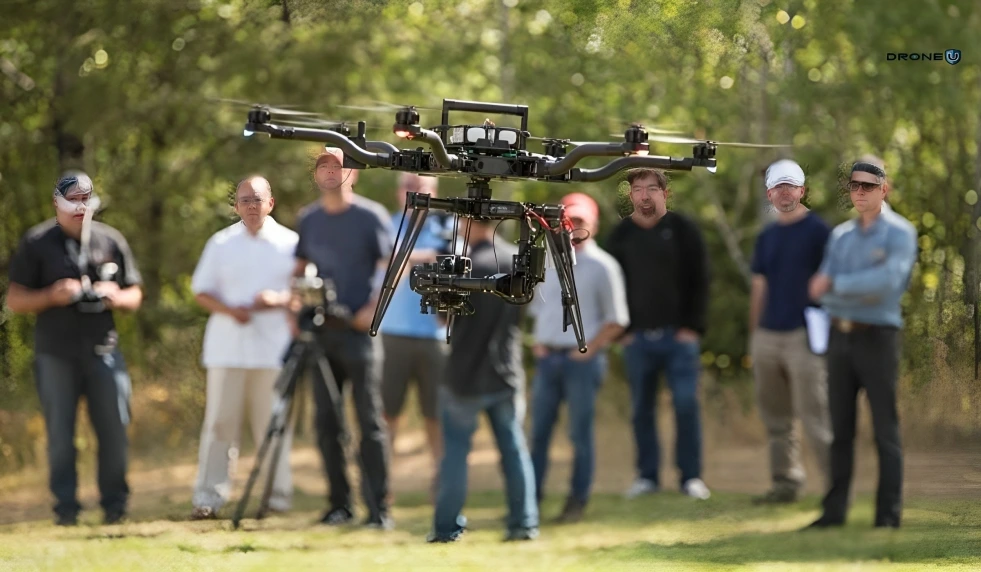
Drones are not just about capturing stunning aerial views; they are the tools that reshape how stories are told and visuals are crafted.
Drones offer filmmakers a diverse range of real benefits that go beyond traditional cinematography. From cost-effectiveness to the ability to capture previously impossible angles, UAVs have become an essential and authentic asset in modern filmmaking.
In the upcoming section, we will discuss the primary benefits of using drones in cinematography and how they aid in the filmmaking process:
Aerial Shots and Cinematic Perspectives
Drones played a pivotal role in the opening sequence of the 2012 James Bond film “Skyfall.” The breathtaking aerial shots of Istanbul’s rooftops and the ensuing motorcycle chase through the Grand Bazaar showcased the stunning visuals that drones can deliver, setting the tone for the film’s action-packed story.
Watch the video from 55 seconds to 1 minute and 40 seconds:
Cost-Effective Filmmaking
The critically acclaimed documentary “The Eagle Huntress” (2016) used drones to capture intimate and immersive footage of a young Kazakh girl’s journey to become an eagle huntress. Drones allowed the filmmakers to capture the remote and rugged landscapes of Mongolia’s Altai Mountains without the need for expensive helicopter support.
Watch the video from 10 seconds to 20 seconds:
Flexibility and Mobility
In the movie “Jurassic World” (2015), drones were used for location scouting and assessing the safety of the fictional park’s dinosaur enclosures. This use of drones within the film mirrored their real-world applications, showcasing their ability to access and survey challenging and potentially dangerous terrain.
Watch the video from 2 minutes to 2 minutes and 27 seconds:
Stability and Smoothness
“The Revenant” (2015) is known for its visually stunning and immersive cinematography. Drones were used to capture several of the film’s sweeping tracking shots, providing stable and smooth footage even in rugged and remote wilderness settings.
Watch the video from 13 seconds to 17 seconds:
Creative Freedom
In “La La Land” (2016), drones were used to capture the film’s iconic opening sequence, which featured a musical number set in a traffic jam on an L.A. freeway. The drone shots allowed the filmmakers to achieve dynamic and visually captivating choreography that would have been difficult with traditional equipment.
Watch the video from 1 minute and 47 seconds to 2 minutes:
Time Efficiency
Director Christopher Nolan’s “Dunkirk” (2017) incorporated drones to capture sweeping aerial shots of the massive evacuation scene efficiently. The time saved by using drones allowed the crew to focus on other complex aspects of the production.
Watch the video from 1 minute and 10 seconds to 1 minute and 17 seconds:
Safety and Accessibility
The environmental documentary “Planet Earth II” (2016) featured stunning aerial shots of various ecosystems worldwide, including remote islands and dense jungles. Drones provided the accessibility required to capture these shots safely, without disrupting the natural environment.
Watch the video from 2 minutes and 15 seconds to 2 minutes and 30 seconds:
Unique Angles and Seamless Transitions
The action film “Mad Max: Fury Road” (2015) used drones to seamlessly transition between high-speed vehicle chases in the post-apocalyptic desert wasteland. These shots provided a visceral and immersive viewing experience, showcasing the unique angles and perspectives drones offer.
Watch the video from 1 minute and 30 seconds to 2 minutes:
Incorporating drones into these notable films not only enhanced their visual appeal but also expanded the creative possibilities for filmmakers. These examples highlight how drones have become indispensable tools in modern cinematography, contributing to the storytelling process and helping to create memorable cinematic experiences for audiences across the United States.
How Much Do Cinematographers Make?
As per Glassdoor, the average salary range of cinematographers lies between 64K-108K annually.
| Role | Average Salary |
| Entry level Cinematographer | $50,000 per year |
| Mid-level Cinematographer | $82,987 per year |
| High-level Cinematographer | $137,000 per year |
However, the salary of an aerial cinematographer can vary widely based on several factors, including:
- Geographical Location
- Industry Standards
- Experience
- Type of Production
However, according to Payscale, the average income of a drone cinematographer increases gradually with experience as shown in the graph below:
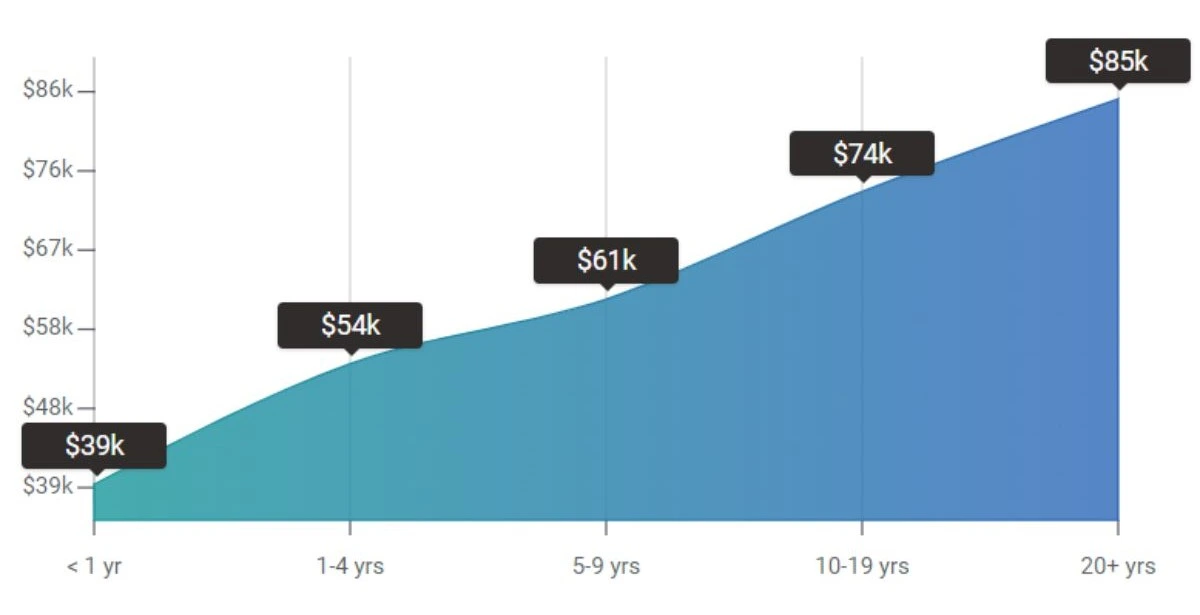
Entry-Level Drone Cinematographers
Those just starting, especially in smaller markets or on independent productions, might earn anywhere from $25,000 to $40,000 annually.
Early Career Drone Cinematographers
The salary of an aerial cinematographer having experience of 1-3 years can expect salaries between $45,000 to $ 55,000 annually.
Mid-Career Drone Cinematographers
After gaining experience of more than 4 years and building a portfolio, a cinematographer might earn between $60,000 and $75,000 annually. Of course, these figures can fluctuate based on the factors mentioned earlier.
Top Cinematographers in Hollywood
The top-tier cinematographers working on big-budget Hollywood films can earn significantly more. Their earnings can range from $250,000 to $2 million per project. In some cases, they might also negotiate a percentage of the film’s profits, which can further increase their earnings.
Television & Commercials
For TV shows, a cinematographer might earn between $5,000 and $10,000 per episode, depending on the budget and prestige of the show. Commercials can also be lucrative, especially for well-established cinematographers, with earnings ranging from $10,000 to $50,000 for a few days’ work.
Music Videos
These can vary widely, from a few hundred dollars for indie projects to tens of thousands for big-label artists.
Remember, while these figures provide a general idea, individual earnings can vary based on negotiations, the scale of the project, and other specific possibilities. If you’re considering a career as a cinematographer, it’s a good idea to research current rates in your specific region or industry niche.
How To Become a Drone Cinematographer
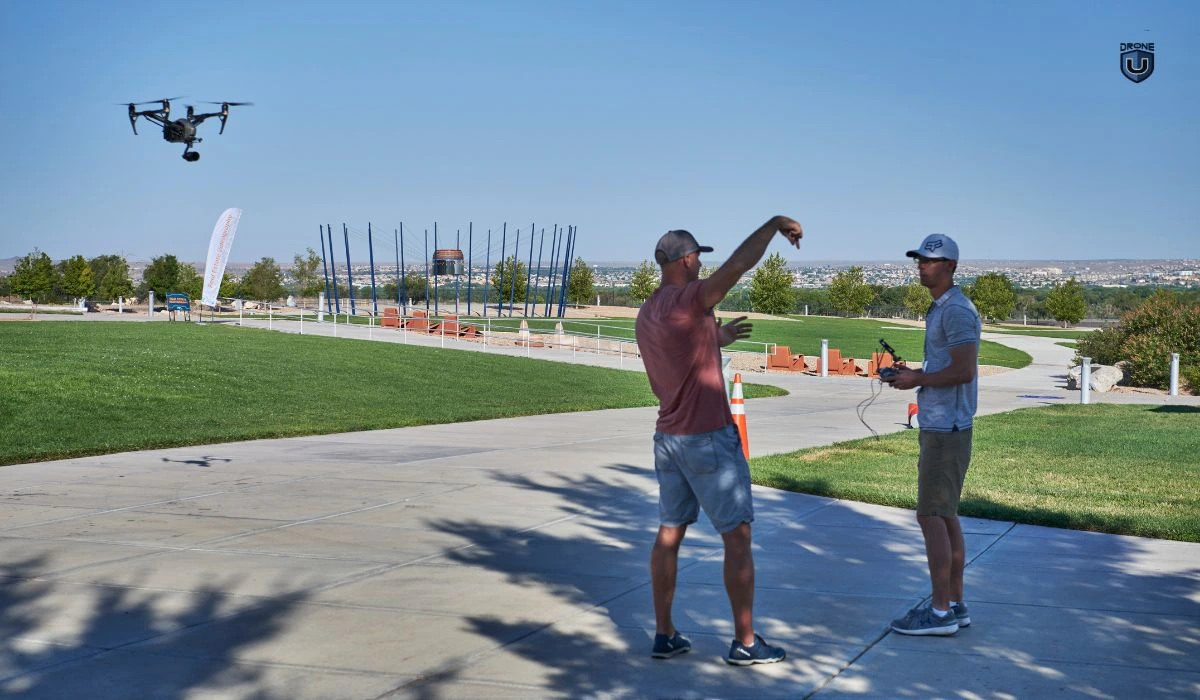
Cinematography requires dedication, perseverance, and zeal for visual storytelling. While the path can be competitive, your commitment to continuous learning and growth will help you carve out a successful career in cinematography.
If you’re aspiring to become a professional drone cinematographer, here are a few important pointers to keep in mind:
- Build Your Knowledge Base
- Learn the Craft & Techniques
- Gain hands-on Experience
- Build a Portfolio
- Learn from Professionals
- Stay Updated with Industry Trends
- Pursue Entry-level Opportunities in Drone Cinematography
1. Build Your Knowledge Base
Becoming a drone cinematographer requires a blend of technical prowess, artistic vision, industry knowledge, and strategic networking. To begin this journey, establishing a strong educational foundation is essential.
One of the best ways to achieve this is by considering enrollment in film schools, universities, or online courses that offer comprehensive cinematography programs. Look for curricula that combine theoretical knowledge with practical experience, ensuring you have hands-on access to industry-standard equipment. This foundational education will serve as your launchpad into the world of drone cinematography.
2. Learn the Craft and Techniques
In addition to this foundational knowledge, learning the craft of cinematography involves delving into the intricacies of visual storytelling. Analyzing films from various genres will deepen your understanding of how visual choices contribute to narrative impact.
Study the language of cinema, encompassing shot composition, camera movements, lighting techniques, and color theory. These essential elements are also covered comprehensively in our aerial photography course.
It is equally important to stay up-to-date with the latest advancements in technology in the ever-evolving landscape of cinematography.
3. Hands-On Experience
Gaining hands-on experience is a cornerstone in your journey. To put your knowledge into action, start by practicing your shooting skills. Engage in creating short films, music videos, or commercials that challenge you to experiment with diverse genres and styles.
However, it’s equally crucial to understand the collaborative nature of filmmaking and the importance of effective communication and teamwork. Collaborating with fellow filmmakers, including directors, producers, and editors, is an invaluable way to gain this insight.
By working together on projects, you’ll not only improve your technical skills but also develop the interpersonal and collaborative abilities necessary for success in the dynamic world of cinematography.
This might interest you: Join us on a project where we guide you through each essential step for capturing and editing light painting photos.
4. Build a Portfolio
Building a strong portfolio is a pivotal step towards establishing yourself as a cinematographer. Assemble a professional demo reel that showcases your best work and illustrates your range and expertise.
To ensure your work reaches a broader audience, consider creating a dedicated online portfolio. With this online presence, you can showcase your reel as well as describe your creative process and projects.
Having an accessible digital platform makes it easy for potential employers and clients to view your work and gain a comprehensive understanding of your capabilities.
5. Learn from Professionals
Gaining practical experience by working as an assistant on film sets can provide invaluable insights into the professional workflow.
Starting as a camera assistant or a grip allows you to observe seasoned professionals and learn from their methods of lighting, camera setups, and decision-making.
As you progress in your journey, embrace opportunities to shadow experienced cinematographers, absorbing their techniques and approaches to various aspects of cinematography.
This hands-on experience as part of a film crew will accelerate your learning and help you establish valuable connections in the industry.
6. Stay up-to-date with Industry Trends
The filmmaking landscape is dynamic, with constant advancements in camera technology, lighting innovations, and industry practices.
To stay on the cutting edge and remain relevant in the field, it’s essential to engage in continuing education. This can be achieved through advanced courses, workshops, or online resources that refine your skills and knowledge.
One such resource is the Drone U community, which provides valuable insights and updates on the world of drones.
7. Freelance Opportunities in Drone Cinematography
Many cinematographers start their careers as freelancers. Freelancing offers the advantage of working on a variety of projects and gaining experience in different roles. To kickstart your freelance journey, consider joining platforms like Upwork and collaborating with production companies to secure opportunities.
Furthermore, if you have specific creative aspirations and career goals, it’s a good idea to apply to production companies that align with your vision. Leverage your connections to uncover job openings and receive recommendations.
Now that you understand how to pursue a career in drone cinematography, let’s explore the best cinematography camera drones.
Best Camera Drones For Aerial Cinematography
Drone Cinematography has come a long way, thanks to the incredible technological advancements in drone technology. There are plenty of incredible drones available in the market with different payloads.
Here are our top picks for best camera drones for aerial drone cinematography:
- DJI Inspire 3
- Autel Robotics EVO II PRO 6K Drone
- DJI Mini 3
- Freefly Astro
- DJI Air 3
DJI Inspire 3
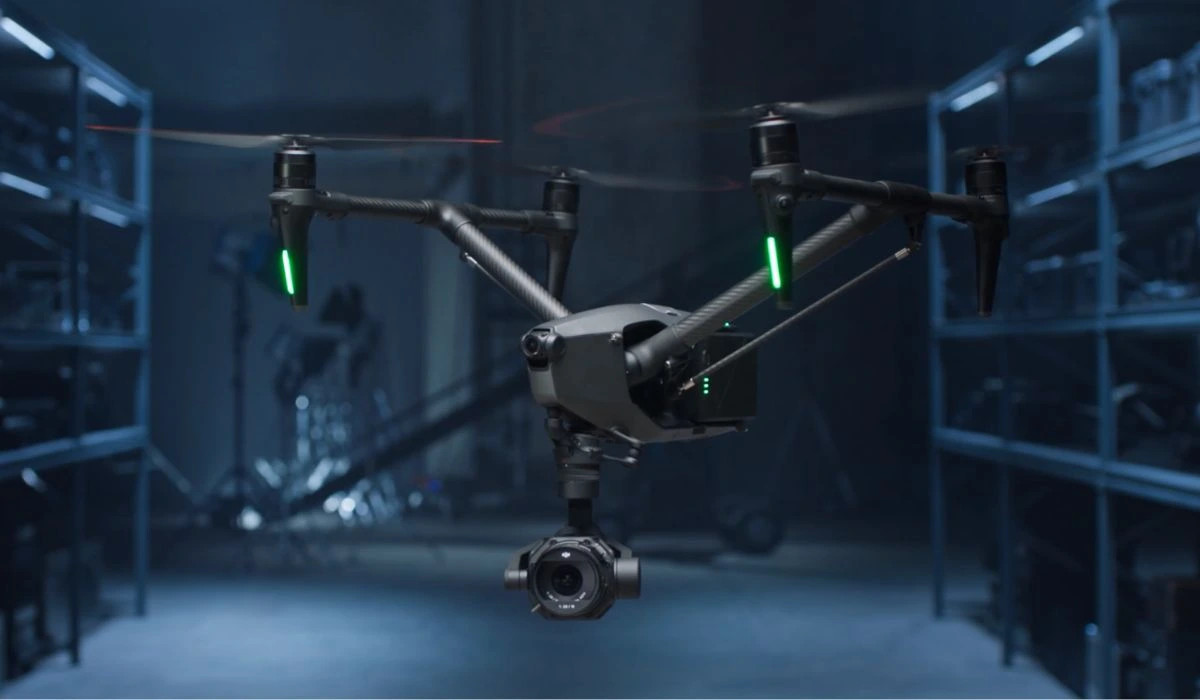 Source: DJI
Source: DJI
The DJI Inspire 3 is the most powerful drone for aerial cinematography. The Inspire 3 is a professional camera drone with a sleek, aerodynamic design that reduces air resistance. It has an extended flight time of up to 28 minutes.
This all-in-one 8K camera drone gives professional filmmakers the power to fully maximize the potential of any shot and capture even the most elusive moments. However, it’s also the most expensive and least portable drone in this comparison.
Autel Robotics EVO II PRO 6K Drone
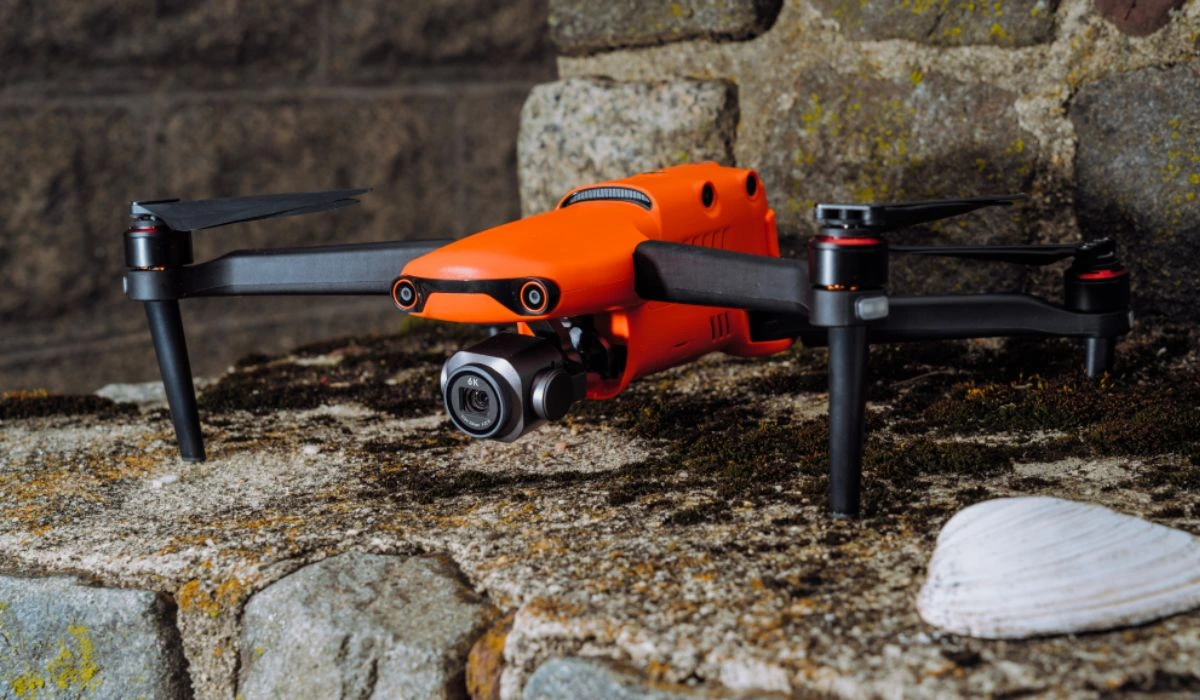 Source: PC Mag
Source: PC Mag
The Autel Robotics EVO II PRO 6K Drone is a high-end drone that offers excellent image quality. It offers 360-degree obstacle avoidance and shoots 6K video at 30fps or 4K video at 60fps. It is great for night photography. The EVO II PRO has a flight time of about 40 minutes.
DJI Mini 3 Pro
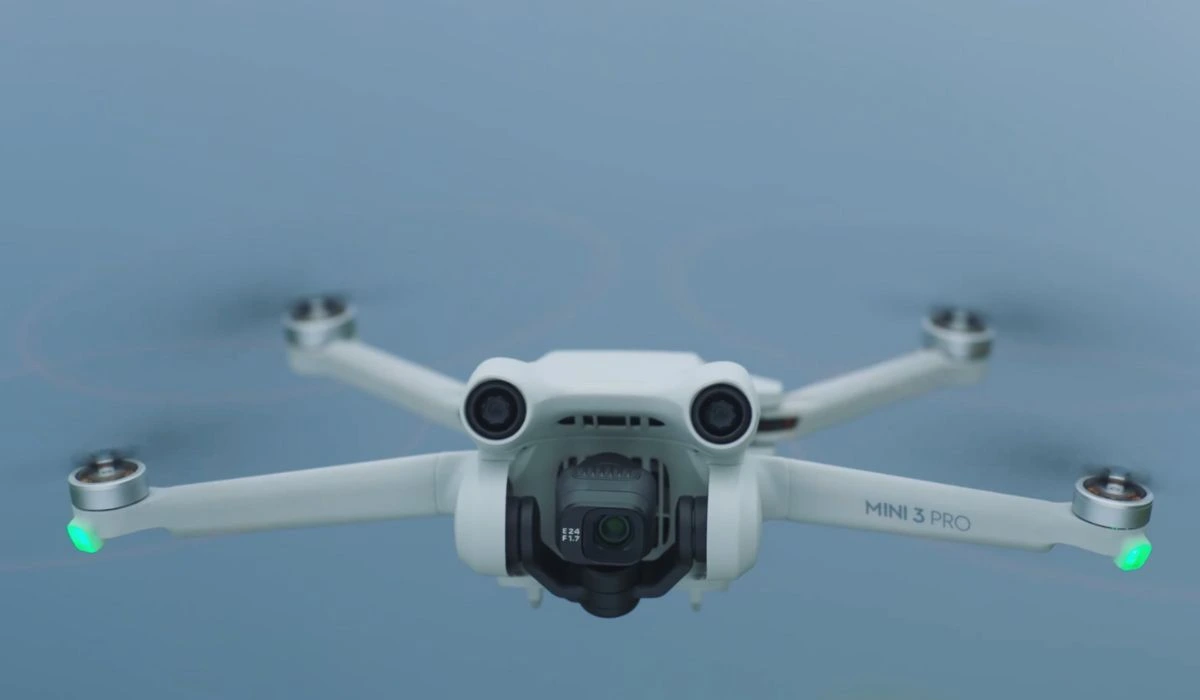 Source: DJI
Source: DJI
The DJI Mini 3 Pro is one of the smallest and lightest drones, making it very portable and easy to travel with. It weighs under 249 grams and offers tri-directional sensing. It has an extended flight time of up to 34 minutes. With a higher dynamic range, this drone captures more detail in highlights and shadows.
DJI has recently introduced the latest addition to its lineup, the DJI Mini 4 Pro.
Here’s a concise comparison between the Mini 3 Pro and the Mini 4 Pro:
| Feature | DJI Mini 3 Pro | DJI Mini 4 Pro |
| Weight | Under 249 Grams | Under 249 Grams |
| Camera Sensor | 1/1.3-inch CMOS | 1/1.3-inch CMOS |
| Obstacle Avoidance | Tri-directional | Omnidirectional |
| Remote Controller | DJI RC-N1 | DJI RC |
| Flight time | 34 minutes | 34 minutes |
| Camera Resolution | 4K/60fps, 4K/30fps HDR
Slow Motion: 1080p/120fps |
4K/60fps HDR
Slow Motion: 4K/100fps & Night Shots Video |
| Color Mode | D-Cinelike | 10-bit D-Log M, HLG |
| Supports | DJI O3: Up to 12 km
1080p/30fps Live Feed |
DJI O4: Up to 20 km
1080p/60fps Live Feed |
Freefly Systems Astro
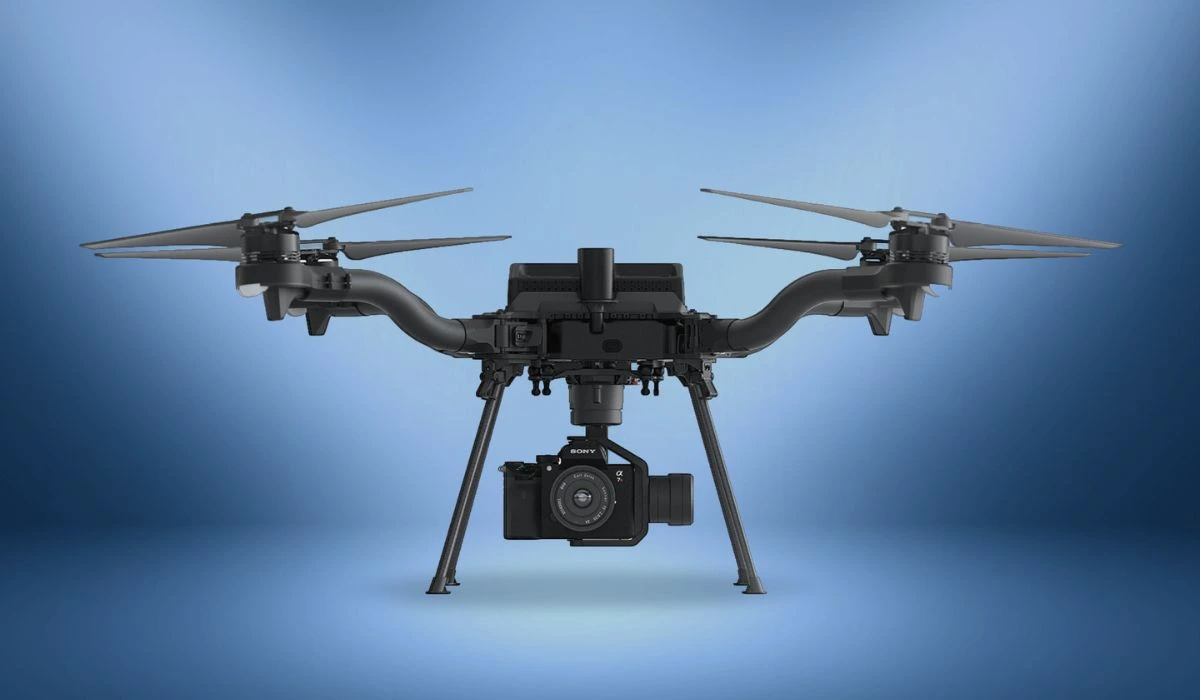 Source: Auterion
Source: Auterion
Freefly Astro is a compact, rugged industrial drone that is designed for a variety of applications, including aerial photography, videography, inspection, and mapping. It features a stabilized gimbal that can support a variety of payloads, up to 1.5 kg. The efficient propulsion system of Astro allows the aircraft to fly for up to 37 minutes.
One of the unique features of Astro is its LTE connectivity. This allows the drone to transmit data directly to the cloud, so you can easily access your images and videos from anywhere.
Astro also has a variety of sensors, including an RTK system, which ensures accurate positioning and mapping, which will come in handy if you end up working the location scouting aspects of the industry.
DJI Air 3
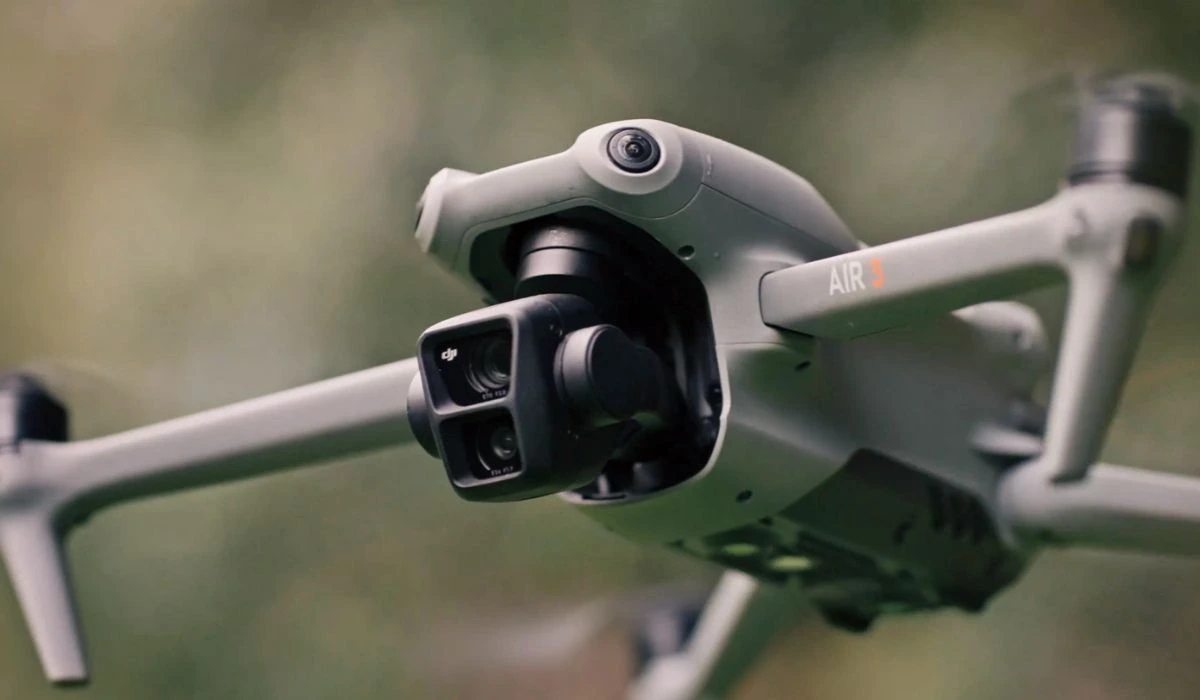 Source: DJI
Source: DJI
The DJI Air 3 is a good compromise between portability and performance. It is small enough to be easily portable, but it has a larger camera sensor and more powerful motors than the Mini 3. It can produce better image quality and fly faster and farther.
The DJI Air 3 is a compact, foldable drone with a maximum flight time of 46 minutes. It has omnidirectional obstacle sensing to help it avoid obstacles in all directions (though you may find yourself turning these off more often than not). The Air 3 has two cameras that can capture 48MP photos with superior detail. It can also record 4K/60fps HDR videos, resulting in stunning and vibrant visuals.
How Different Industries Use Drone Cinematography
Drones have completely transformed how various industries capture breathtaking aerial shots. These versatile devices offer cost-effective and flexible solutions for obtaining stunning and dynamic footage from unique angles.
Now, let’s take a closer look at how different sectors harness the power of drones for aerial shots, accompanied by some standout examples.
Film and Television Industry
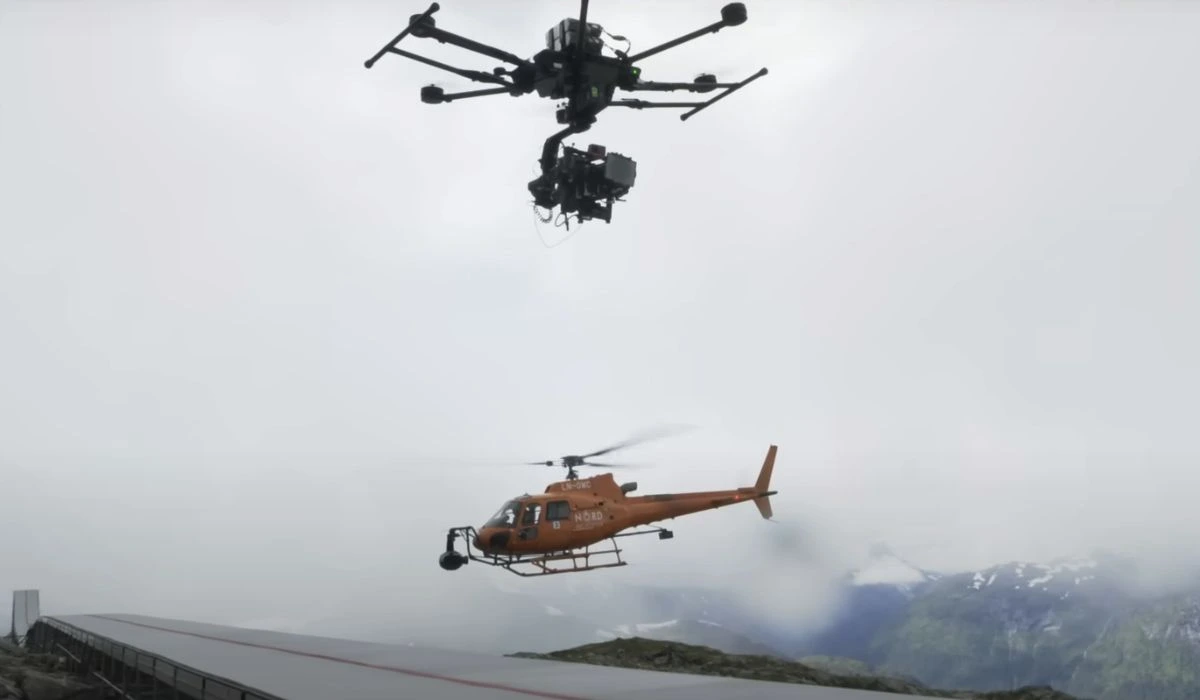 Mission Impossible Behind the Scenes | Source: Paramount Pictures
Mission Impossible Behind the Scenes | Source: Paramount Pictures
Drones have reshaped the landscape of filmmaking and television production. They’re used to capture breathtaking landscapes, intense chase scenes, establishing shots, and dynamic action sequences.
With drones, filmmakers now have the creative freedom to achieve shots that were once only possible with expensive helicopters or complex cranes. This technology allows for intricate movements and perspectives that greatly enrich storytelling possibilities.
Example: Pepsi – “Drone Football” (2014)
In this memorable commercial, drones are cleverly integrated to film a lively and unique football match. The drones inject energy and excitement, effectively showcasing the product while highlighting Pepsi’s technological innovation.
Real Estate Industry
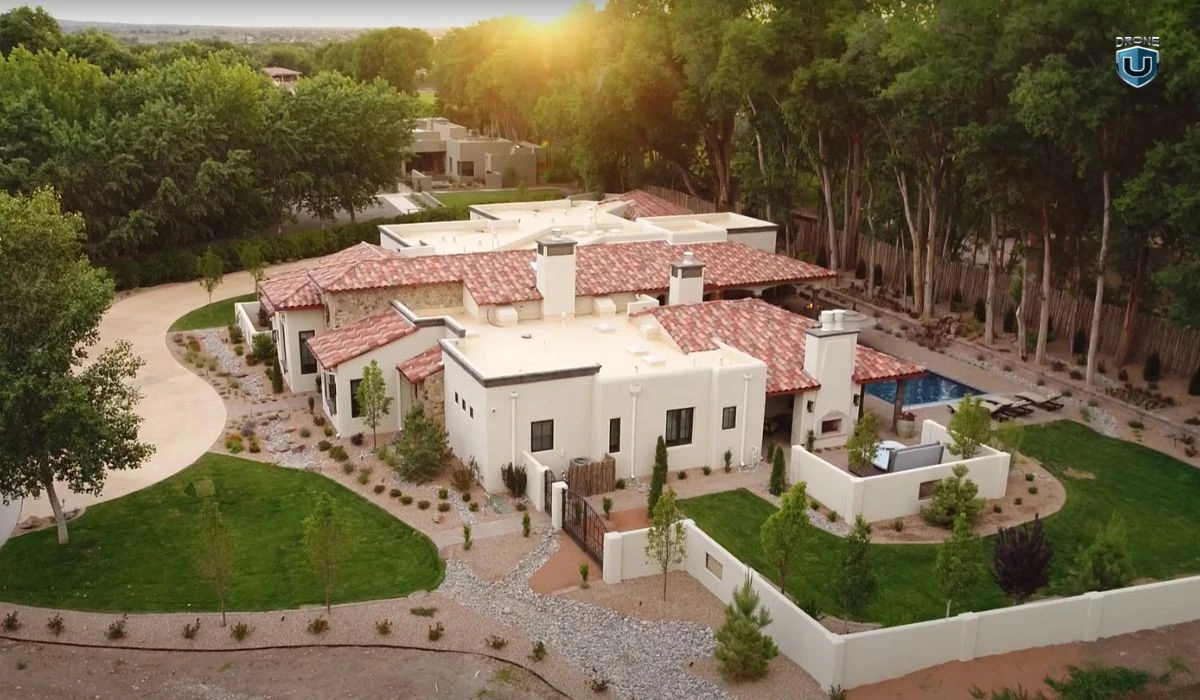
Drones are at the forefront of transforming real estate marketing. By providing aerial perspectives, they offer potential buyers a comprehensive view of properties. These shots not only reveal property features but also provide insights into the surrounding neighborhood and landscape. This dynamic footage significantly enhances the buying experience, assisting potential buyers in making well-informed decisions.
Example: RE/MAX – “Above the Crowd” (2015)
This commercial showcases the impact of drone technology on the real estate market. Through captivating drone shots, the commercial effectively communicates the advantages of viewing properties from above, making the properties themselves more appealing and distinct.
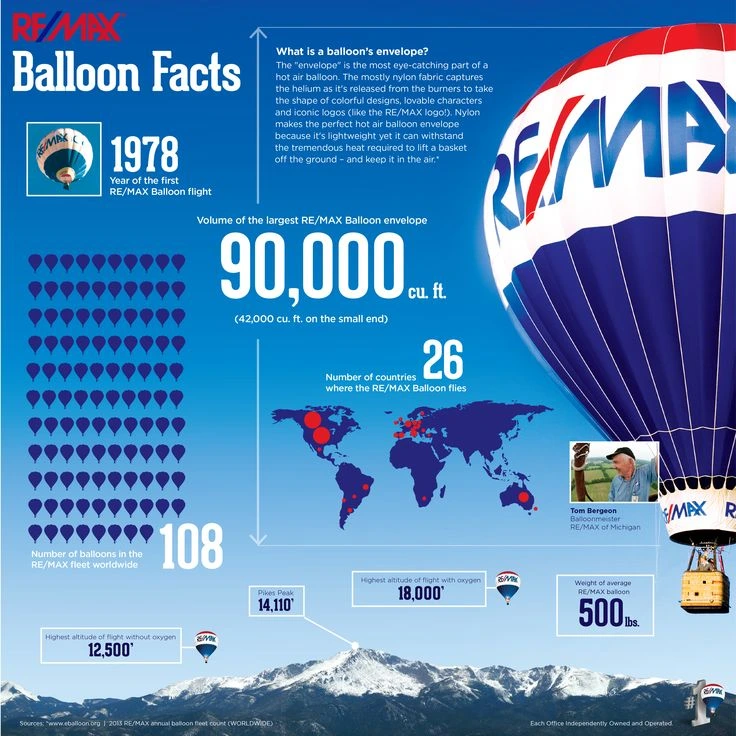 Source: Pinterest
Source: Pinterest
Tourism and Hospitality
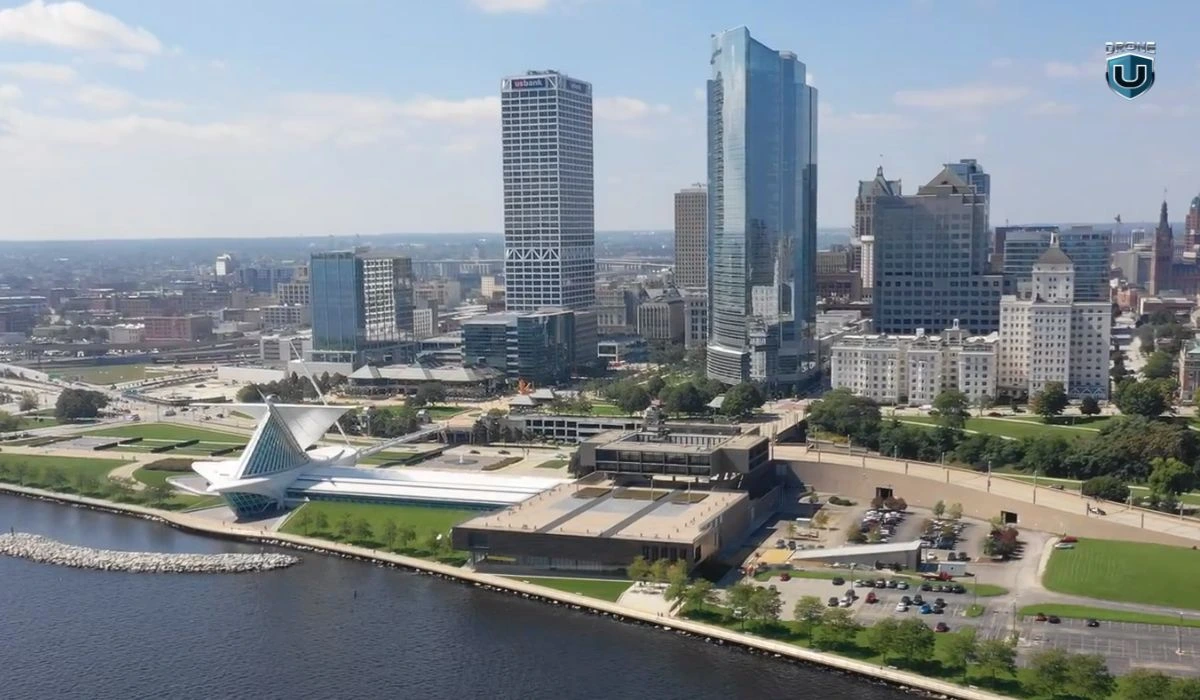
Drones have become a staple in travel and hospitality marketing, playing a crucial role in enticing travelers with visually appealing content. They capture stunning aerial shots of destinations, resorts, and attractions, offering potential tourists a sneak peek into the experiences that await them. These captivating visuals inspire travelers to plan their trips and explore the world.
Example: Expedia – “New Zealand in a Minute” (2016)
This commercial uses drone shots to showcase diverse travel experiences, encouraging viewers to explore new horizons. The inclusion of aerial footage adds depth to the storytelling, emphasizing the potential for discovery and understanding through travel.
Sports Broadcasting
Drones have injected an exciting new dimension into sports broadcasting. By capturing high-energy action from above, drones provide viewers with a fresh perspective on games and events. These shots capture the intensity of the action, the size of the venues, and the excitement of the crowd, enhancing the overall viewing experience.
Example: GoPro – “Karma: The Launch in 4K” (2016)
While not a traditional commercial, this GoPro video showcases the capabilities of the Karma drone. The footage captures various sports and outdoor activities from captivating aerial angles, effectively showcasing the potential of drones in sports coverage.
Advertising and Marketing
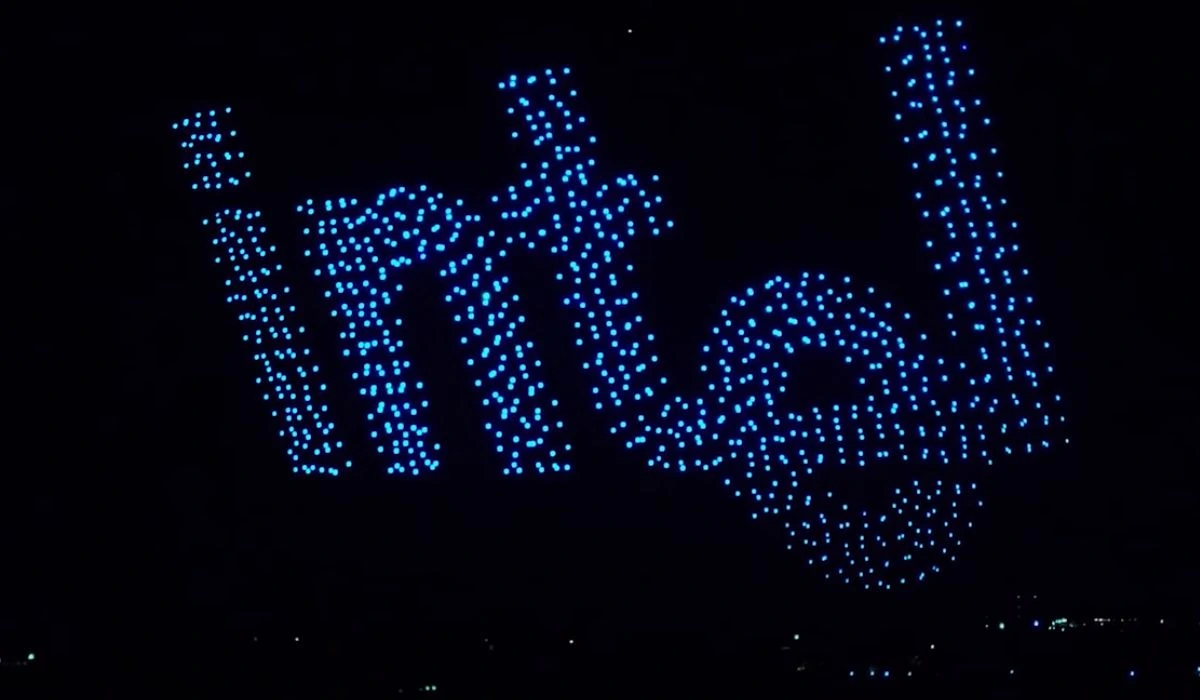 Intel Drone Light Show | Source: Intel
Intel Drone Light Show | Source: Intel
Drones have emerged as powerful instruments for advertisers and marketers. They allow for the creation of visually captivating content that stands out in today’s crowded digital landscape.
With aerial shots produced by drones, a unique viewpoint is offered, one that captures attention and effectively conveys brand messages, making them more memorable and engaging for the audience.
Example: Lexus – “Amazing in Motion: Swarm” (2014)
This Lexus commercial combines real and CGI drones to create a visually stunning display. The drones’ choreographed movements embody the brand’s innovative spirit, showcasing the endless creative possibilities enabled by drone technology.
While drones offer incredible possibilities, it’s important to note that their use is subject to regulatory guidelines that vary by location. To fully harness the benefits of drones for capturing aerial shots, adherence to local drone laws and regulations is essential.
Frequently Asked Questions
1. Are there specific movements or maneuvers that will help enhance the storytelling?
To boost storytelling through drone cinematography, it’s important to consider particular movements and maneuvers. Using techniques like tracking shots, aerial pans, and revealing shots can actively engage the audience and evoke emotions.
For example, a slow, sweeping drone movement can create a sense of calm or wonder, while quick and sudden changes in altitude or direction can convey tension or excitement. The key is to align these movements with the story’s rhythm and emotional moments to enhance the overall storytelling experience.
2. How can the aerial shots be integrated seamlessly with ground-based footage?
Achieving smooth integration between aerial shots and ground-based footage is crucial for a unified cinematic experience. To do this, careful planning and attention to detail are necessary.
Begin by establishing a consistent visual style, such as matching color grading and composition, between the aerial and ground shots.
Transitions between these shots can be facilitated through editing techniques like match cuts or using natural objects (e.g., trees or buildings) as visual connections. Additionally, using smooth and gradual camera movements during drone shots can make transitions easier and create a more seamless blend between the two perspectives.
3. How are drones used in cinematography?
Drones have a wide range of applications in cinematography. They are used to capture stunning aerial views, dynamic tracking shots, and intricate overhead perspectives that were previously challenging to achieve.
Moreover, they’re also used in opening shots, revealing important locations, and conveying a sense of scale.


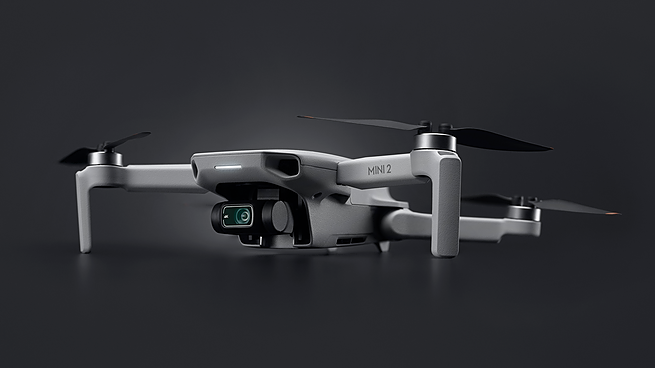
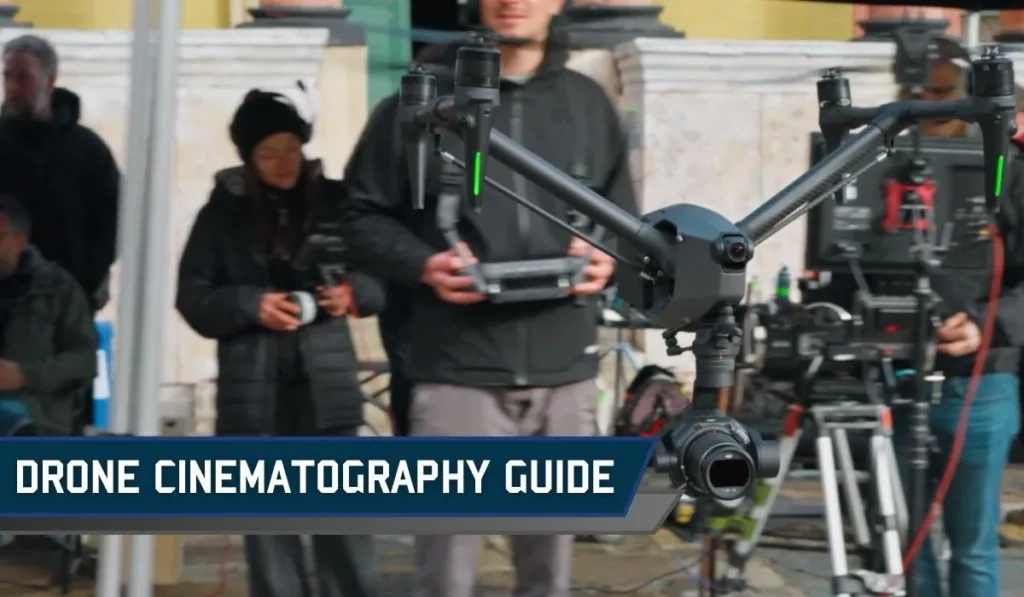


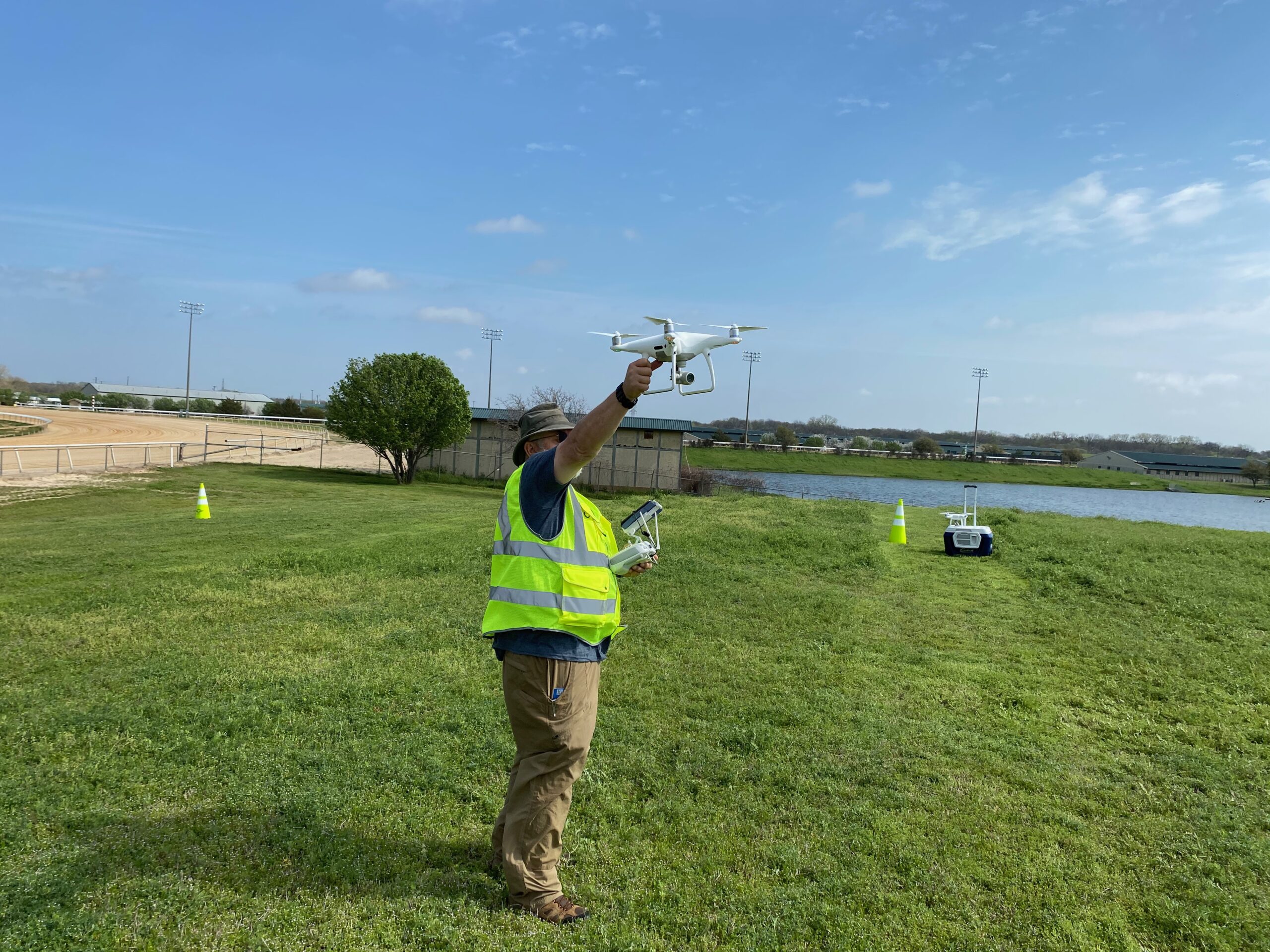

Add Your Comment